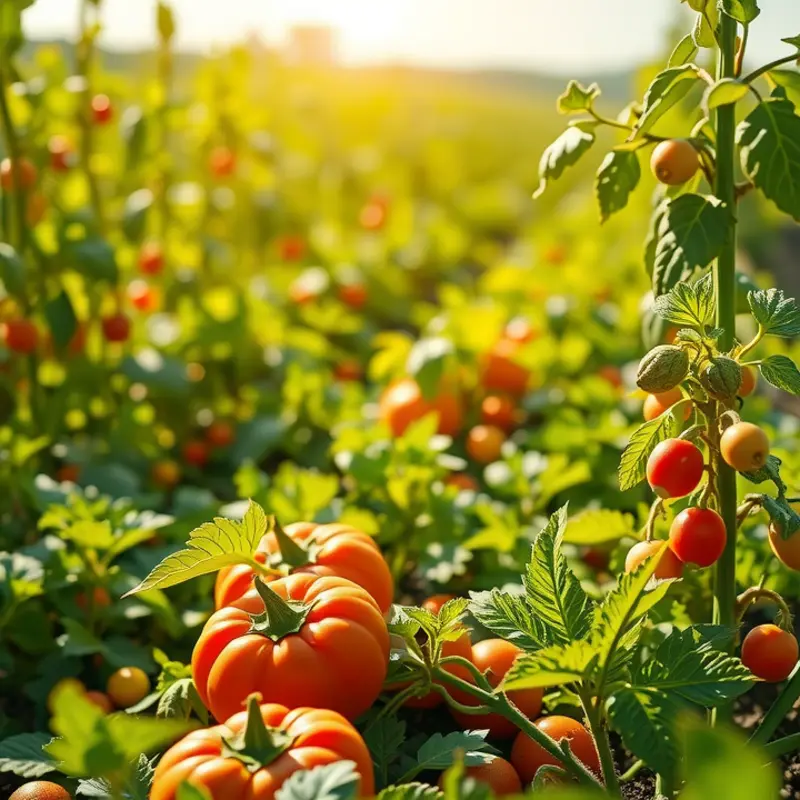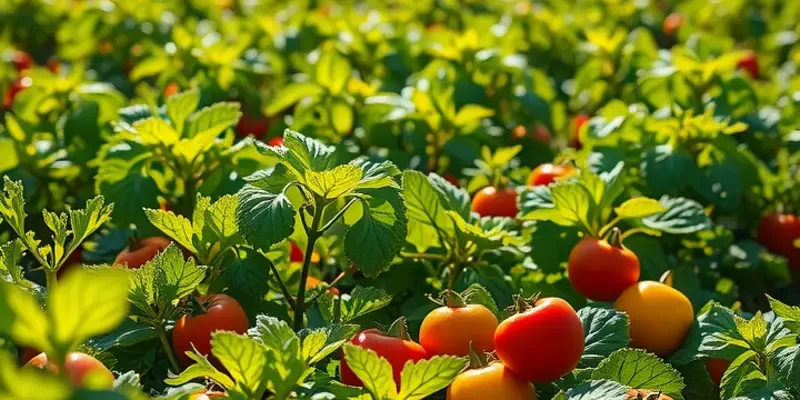Humidity can wreak havoc on our food supplies, leading to increased spoilage and waste. Understanding how to store food safely in humid conditions is essential for every household. This approach not only preserves freshness but also supports better food management. From choosing the right storage techniques to maintaining proper humidity levels, mastering food preservation can significantly reduce waste and enhance your culinary experience at home.
Understanding Humidity’s Impact on Food

Humidity, the amount of water vapor in the air, significantly affects food preservation. In humid environments, moisture accelerates spoilage, impacting the texture, taste, and safety of food. Understanding these effects allows us to develop strategies that minimize waste and extend shelf life.
Moisture-Sensitive Foods
Many dry foods, like grains, nuts, and cereals, absorb moisture from the air. This leads to clumping, staleness, and sometimes mold. To counteract, storing such foods in airtight containers is crucial. A sealed environment prevents moisture ingress, preserving texture and flavor. Vacuum sealing is another effective method, reducing air exposure and locking in freshness.
Fruits and vegetables, naturally high in water content, face a different set of challenges. High humidity accelerates the ripening process, potentially leading to over-ripeness and decay. For these foods, controlling humidity within storage spaces is key. Refrigerators with humidity-controlled crisper drawers help maintain optimal conditions. Alternatively, wrapping produce in perforated plastic allows moisture to escape, preventing excess condensation.
Meat and Dairy Products
Proteins like meat and fish are particularly vulnerable to humidity-induced spoilage. Surface moisture fosters bacterial growth, compromising food safety. Storing meats at the right temperature and humidity level is crucial. Consider using absorbent pads in packaging to soak up excess liquid. For longer storage, freezing is an effective option, provided items are wrapped tightly to prevent freezer burn.
Dairy products, notably cheese, require a balance in humidity. Too dry, and they crack; too humid, and molds form excessively. Wax paper or cheese paper, which allows minimal airflow, is ideal to maintain the right environment. For added protection, place wrapped cheeses in a loose plastic bag.
Baked Goods
Bread and pastries face rapid staling in humid conditions. The introduction of moisture can result in sogginess and loss of texture. To combat this, storing baked goods in moisture-proof containers while ensuring some air circulation prolongs their freshness. Refrigeration can help, though it may dry out products faster. Consider freezing excess baked goods, thawing them in a low-humidity area for best results.
Innovative Solutions
Adopting innovative food storage solutions can significantly impact food longevity. Consider using desiccants or moisture absorbers in storerooms to control ambient humidity levels. For more eco-friendly options, revisit traditional methods such as root cellaring or fermenting, which naturally balance humidity effects. Check out this guide to low-waste cooking prep for sustainable storage insights.
By understanding the relationship between food and humidity, we can take proactive measures to preserve food quality. These practices not only protect the flavors and textures we love but also align with a conscious effort to reduce food waste.
Practical Food Storage Techniques

To maintain the freshness of food in humid environments, specific strategies for different types of food are vital. Humidity accelerates spoilage by promoting mold growth and bacterial proliferation. Understanding the nuances of storing various food items can minimize waste and save money.
Fruits and Vegetables
For fruits and vegetables, moisture control is key. Use perforated bags to allow some air circulation while preventing excess moisture buildup. Line the bottom of crisper drawers with paper towels to absorb excess moisture, and avoid washing produce until right before use. This prevents adding unnecessary moisture that can speed up decay.
Leafy greens are particularly sensitive to moisture. Store them in a container lined with paper towels. Remove any rotten leaves immediately to prevent ethylene gas from speeding up spoilage. Root vegetables like carrots and radishes store well in a sand or sawdust medium within a sealed container to manage humidity levels effectively.
Dry Goods
Storing dry goods requires a focus on sealing out moisture entirely. Airtight containers are the best choice for grains, cereals, and flours. Consider using silica gel packets or other food-safe desiccants inside the storage containers to absorb moisture. Light exposure can also contribute to degradation, so store dry goods in a dark cabinet or a pantry away from sunlight.
Dairy Products
Dairy products are highly susceptible to spoilage in humidity. For cheese, wrap it in wax or parchment paper and then place it in a loosely sealed plastic bag. This technique allows the cheese to breathe while protecting it from the humid air. Yogurt and milk should be placed in the coldest part of the fridge, often the back, where temperature fluctuations are minimal.
Bread and Baked Goods
Maintaining bread freshness in humid areas can be tricky. Store bread and pastries in a bread bin or wrap them in breathable materials like muslin cloths. For longer storage, consider freezing them. Slices freeze well and can be taken out as needed. Ensure baked goods are completely cool before storing to avoid trapping steam, which leads to mold.
For more eco-friendly storage methods, you can explore eco-smart kitchen storage solutions that reduce humidity-related waste without environmental impact.
Meats and Seafood
The freshest flavor of meats and seafood is best preserved through proper packaging techniques. Vacuum sealing is optimal, but if that’s unavailable, wrap them tightly in plastic before storing them in airtight containers to prevent humidity from spoiling the surfaces. For seafood, consider placing it on a bed of ice inside the fridge.
Herbs
Fresh herbs can wilt quickly if not stored properly. Treat herbs like cut flowers: trim the stems and place them in a jar with water. Cover the herbs loosely with a plastic bag and change the water every couple of days. For longer-term storage, consider freezing herbs in olive oil to have fresh aromas at hand.
Effective food storage in humid environments requires specific techniques for different food categories. By implementing these strategies, you ensure the freshness of your ingredients and contribute to a significant reduction in food waste.
Final words
Successfully managing food storage in humid conditions is not merely a challenge, but an opportunity to maximize freshness, flavor, and nutrition in your meals. By understanding the impact of humidity and implementing effective storage techniques, you can significantly reduce spoilage and waste at home. Start applying these tips today, and enjoy a more sustainable kitchen experience. Not only will your food stay fresh longer, but you’ll also be supporting a healthier environment by minimizing waste. Remember, the fresher your ingredients, the better your cooking—your taste buds will thank you.







